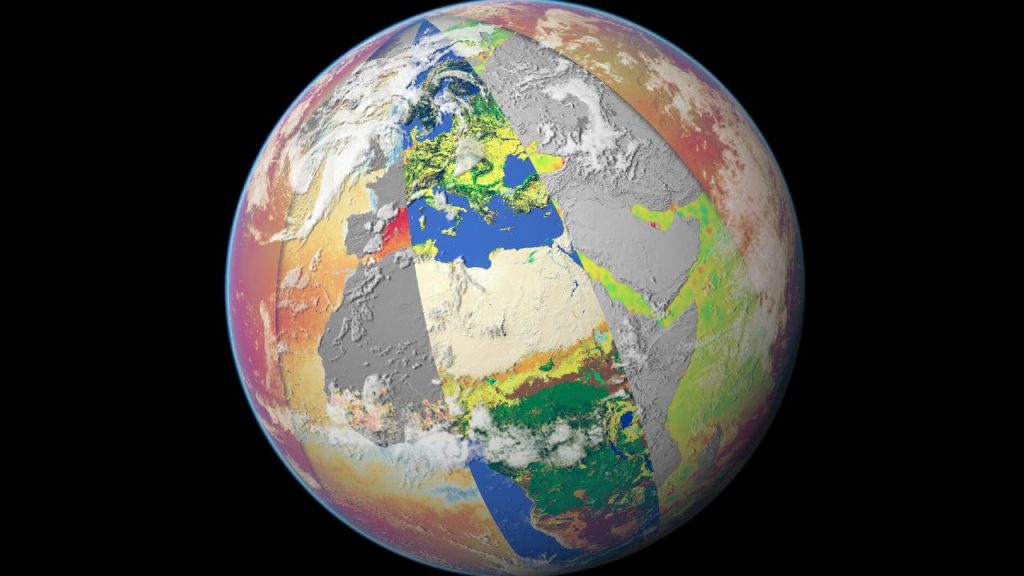Last year, at the United Nations COP26 climate conference in Glasgow, almost 200 countries reaffirmed the Paris Agreement’s goals of limiting global temperature rise to well below 2°C. Countries also stepped up their support for adaptation in response to the worsening impacts of climate change. But how space economy can help the fighting against climate change?
Esa is developing various projects. For example, Satellite technology can identify trends and document the state of the global climate system. Earth observation will contribute to the Agreement’s five-yearly review cycles, known as the Global Stocktake, designed to help raise collective ambition and strengthen further climate action.
Emission monitoring is also an interesting area, where space-based remote-sensing is arguably the best-developed capacity. With their global view, satellites can be used to detect trends in natural sources of the greenhouse gases methane and carbon dioxide in remote or hard-to-access regions of the world.
Copernicus Sentinel-5P mission and the next Copernicus Anthropogenic Carbon Dioxide Monitoring mission have capabilities to identify and target greenhouse-gas reduction opportunities from oil and gas fields, urban areas and high-intensity energy facilities such as power plants. The information can also be used to assess the effectiveness of related carbon reduction policies.
New Space technology can help validate reporting of greenhouse-gas emissions and help countries to collect sufficient information. One of the most interesting methods introduced by Esa is based on a technique known as inverse atmospheric modeling, which can improve estimates of carbon surface fluxes between the atmosphere, land and ocean. The approach uses empirical satellite measurements of greenhouse gases. Equipped with this independent data source, agencies could then compare this with national-scale estimates.
Space technological development is not only an end in itself, but can have fundamental implications for safeguarding the health of our planet.

